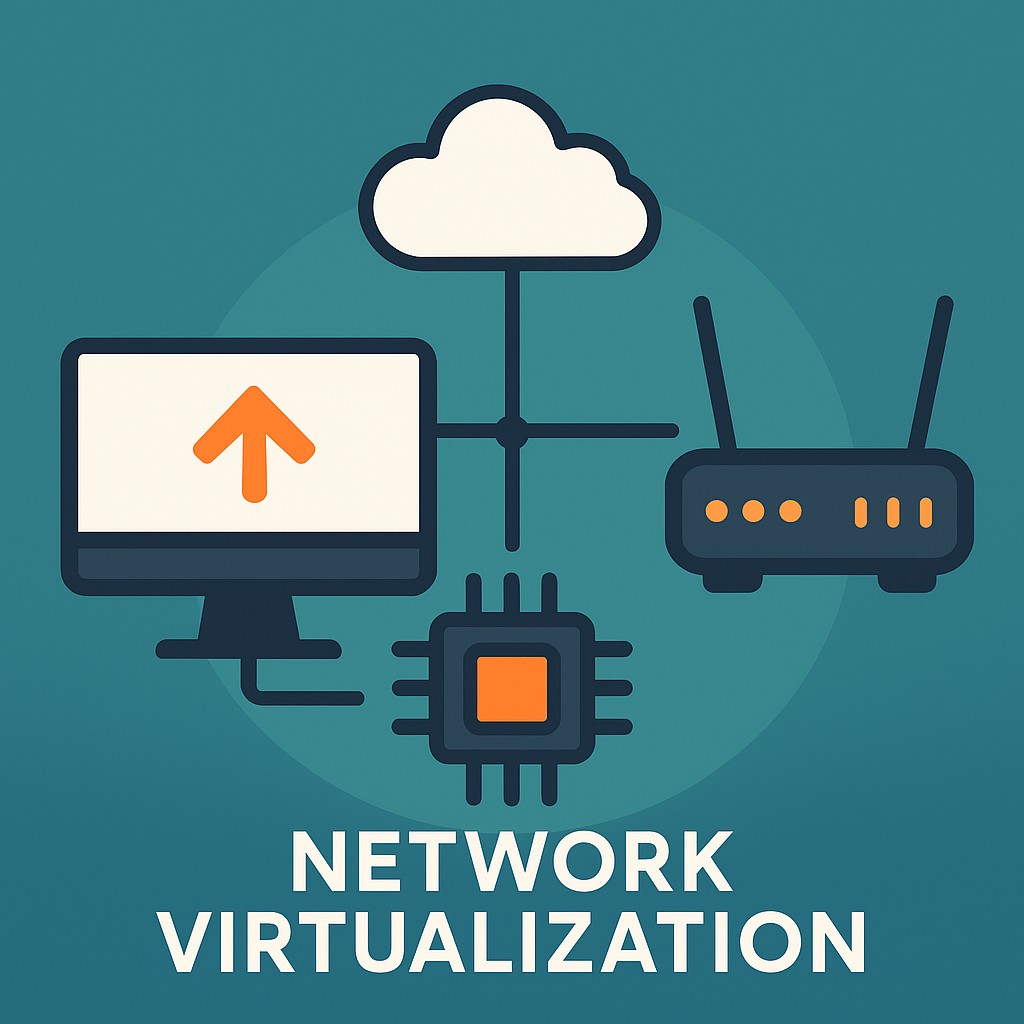Replacing Your Hardware Router with a Virtualized Firewall: The Complete Guide
In the modern home lab or small office, a router is no longer just a box that connects you to the internet. It’s often the heart of your digital infrastructure — acting as a firewall, DNS/DHCP server, VPN gateway, traffic filter, and more. And while hardware appliances or consumer-grade routers can get the job done, they lack flexibility, backup options, and performance.
What if you could virtualize your router — just like any other server?
In this guide, you’ll learn how to replace your physical router with a virtual firewall running on Proxmox VE using tools like OPNsense or RouterOS (MikroTik). We’ll cover planning, network design, and practical deployment steps for a high-performance, redundant, and portable virtual router.
✅ Why Virtualize Your Router?
Benefit Description
💡 Flexibility Easily test configs, make snapshots, or clone setups
🧠 Centralized management Manage firewall, DNS, DHCP, NAT and VPN from one VM
💾 Backups & Snapshots Proxmox allows scheduled backups and rollback points
🚀 Performance Server CPUs and SSDs outperform consumer routers
🛡️ Security Use enterprise-grade firewall rules (e.g. Suricata, pfBlocker)
🌐 Advanced networking VLANs, multi-WAN, WireGuard tunnels, custom routing
🧱 Recommended Setup
Hypervisor: Proxmox VE (or similar: ESXi, XCP-ng)
Virtual Router: OPNsense (recommended), MikroTik CHR, pfSense, VyOS
NIC: At least 2 physical interfaces (or VLAN-aware switch)
LAN segment: Bridged or separate VLAN
WAN uplink: Connected directly to ISP/modem
🛠️ Step-by-Step: Deploying a Virtual Router on Proxmox
- Create the VM
Allocate 2+ vCPU, 2+ GB RAM
Add 2+ virtual NICs (LAN and WAN)
Enable VirtIO NICs and UEFI BIOS (OPNsense prefers UEFI)
Use a dedicated storage pool (ZFS or SSD recommended)
- Configure Network Bridges
In /etc/network/interfaces or via Proxmox UI:
auto vmbr0
iface vmbr0 inet static
address 192.168.1.1/24
bridge_ports eno1
bridge_stp off
bridge_fd 0
auto vmbr1
iface vmbr1 inet manual
bridge_ports eno2
bridge_stp off
bridge_fd 0
vmbr0 → LAN
vmbr1 → WAN (connected to ISP or modem)
- Install OPNsense (or RouterOS)
Download ISO from opnsense.org
Mount ISO to the VM and boot
Complete installation and reboot
- Initial Configuration (via console or browser)
Assign interfaces: WAN → vmbr1, LAN → vmbr0
Set LAN IP (e.g., 192.168.1.1)
Access web UI at https://192.168.1.1
Configure:
Firewall rules
DNS/DoT or Unbound DNS
DHCP Server
NAT & Port Forwarding
VPN (WireGuard or OpenVPN)
- Disable Proxmox DHCP (if present)
If your Proxmox previously handled DHCP, disable it to avoid conflicts.
🔐 Optional: Enable VLANs and Advanced Routing
With VLAN-aware switches, you can run multiple networks through a single interface — ideal for guest networks, IoT isolation, or VLAN-tagged trunks for servers and Wi-Fi access points.
⚙️ Bonus: Redundancy and Failover
Proxmox HA Cluster (optional): Automatically restarts router VM if the host fails
UPS integration: Graceful shutdowns via NUT or apcupsd
Backups: Daily snapshots + offsite replication (e.g., rsync, borg, ZFS send)
💬 Real-World Use Cases
📡 Replacing a MikroTik RB with a virtual CHR on Proxmox
🏠 Homelab firewall with OPNsense and VLANs per room or device type
🧑💼 Small office setup with pfSense + dual WAN + traffic shaping
🛡️ Filtering smart TVs and IoT devices with DNS-over-TLS and firewall rules
🧩 Drawbacks to Consider
Drawback Solution
❌ Requires 24/7 uptime Use UPS and failover
❌ Proxmox restart = network down Use backup router or LXC failover
❌ Slightly more complex setup Good documentation and snapshots mitigate risk
🧠 Summary
Replacing your physical router with a virtual firewall is not just possible — it’s smarter, faster, and more flexible. With Proxmox and OPNsense (or MikroTik CHR), you gain full control over your traffic, security, and infrastructure. Whether you’re building a professional home lab or need a powerful network for a small office — virtualized routing is a modern and robust solution.
